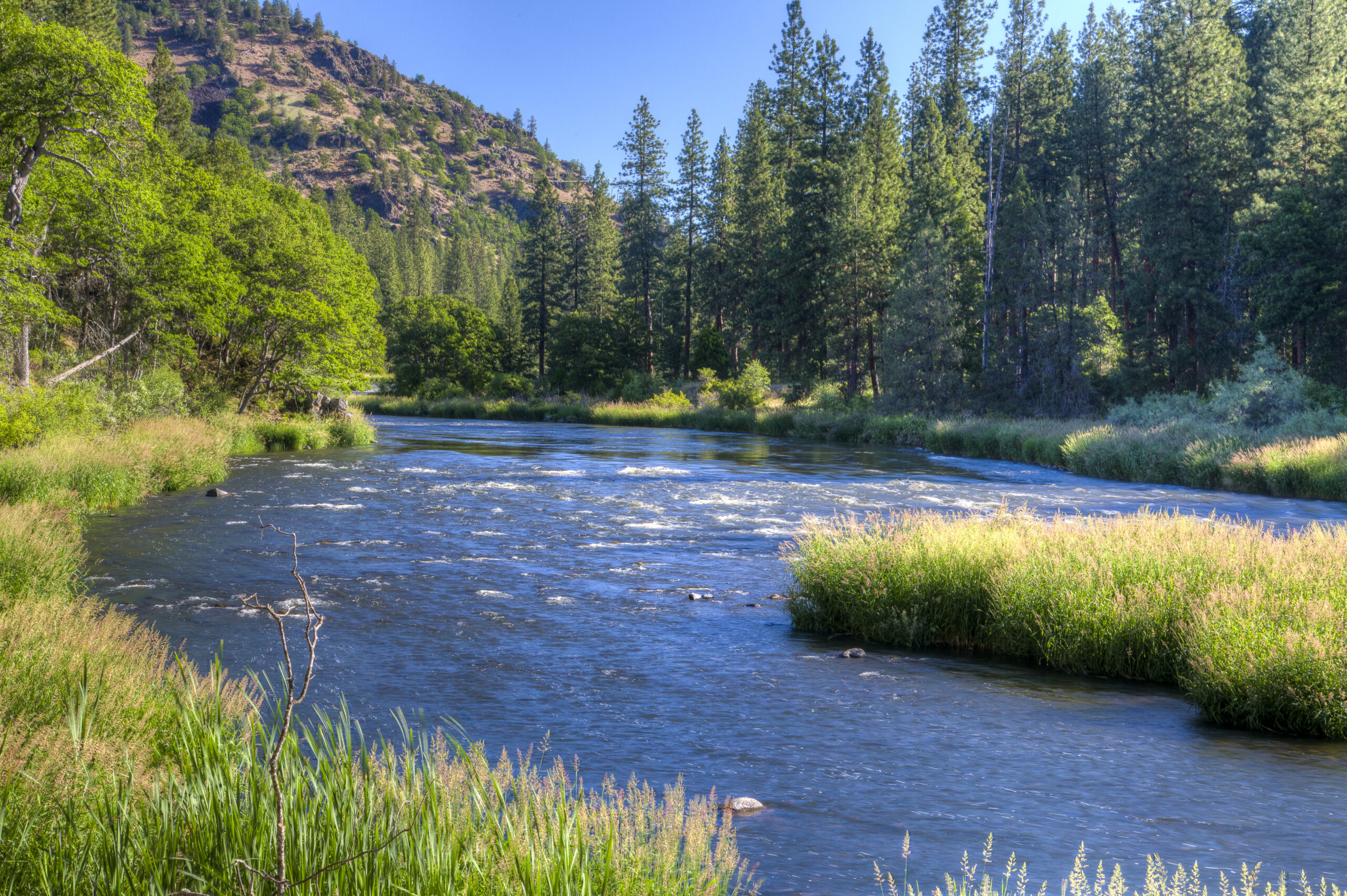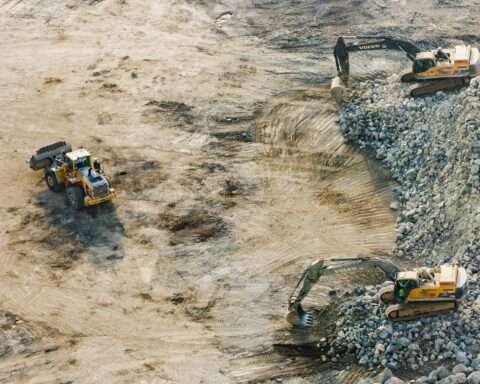Federal funds are flowing downstream to states looking to reconnect and repair their river systems. The Department of the Interior has announced an investment of nearly $92 million for aquatic ecosystem restoration projects across the Western United States. This funding will support projects spread across six states looking to improve the health of fish, wildlife, and aquatic ecosystems through various restoration and protection efforts.
The funding comes from the Bureau of Reclamation’s WaterSMART program, through its Aquatic Ecosystem Restoration Project grants. This program is supported by funds allocated in annual appropriations and money set aside through passage of the 2021 Infrastructure Investment and jobs Act.
The WaterSMART program, which received a total of $1 billion from the act, is part of a larger $8.3 billion investment over five years for water infrastructure projects.
RELATED: $70 million available to protect fish, aquatic animal habitat
Healthy rivers, streams, and wetlands play a vital role in maintaining biodiversity, safeguarding clean water and providing value to communities. These ecosystems act as natural buffers against extreme weather events, help regulate water temperatures and serve as critical habitats for numerous species, including endangered fish populations.
By investing in these restoration projects, the new funding is focus on enhancing the resilience of these ecosystems to ensure their long-term viability.
One of the largest projects receiving funding is the Freeman Diversion Fish Passage Rehabilitation Project in California, awarded $20 million. This project will construct new fish passage and monitoring facilities on the lower Santa Clara River in southwestern Ventura County. The current fish passage impedes the movement of Pacific Lamprey and endangered Southern California Steelhead Trout. The project will replace a section of the existing structure with a 480-foot long ramp that allows fish to more easily navigate areas where the river’s flow has been interrupted by other structures such as levees.
Another significant project, also receiving $20 million, is the Southern Nevada Water Authority’s new erosion mitigation efforts in the Lower Las Vegas Wash. The goal of this project is to design and construct an erosion control structure and create better habitats within Lake Mead National Recreation Area. The Las Vegas Wash plays a crucial role in channeling treated effluent, urban runoff, and shallow groundwater to Lake Mead. The new structure will reduce sediment load entering the watershed and expand water flow into adjacent wetlands. Additionally, the project involves removing invasive tamarisk and revegetating with native species.
In Washington, Yakima County has been awarded just shy of $10 million for the first phase of the Cowiche Creek Confluence Project. This investment looks to address recurring hazardous flooding, urban encroachment on critical floodplains, and depletion of spawning habitat and fish passage in the Cowiche Creek, near the city of Yakima. The project involves constructing a new irrigation pipeline to connect existing surface water pathways on the Naches River to Yakima. It also includes removing a dam to allow the restoration of the creek to a more natural alignment. The project will construct an approximately 800 foot-channel for new habitats fed by existing cold-water springs and restore 67 acres into native floodplain.
In Oregon, the Department of Fish and Wildlife will receive $7 million for the Keno Impoundment Fish Screens project. This initiative will build and install fish screens along the Klamath River to protect endangered species following the removal of four dams. The screens will prevent fish from exiting the river and entering irrigation channels. The project is designed to protect endangered salmon.
Other funded projects showcase a range of activities, and most are set to cost between $400,000 and $4.5 million each. These include a grant in Oregon to develop restoration project designs benefiting the native Chewaucan redband trout.
In Idaho, the Henry’s Fork Foundation will develop a water quality basin plan addressing temperature and turbidity issues in the Snake River watershed.
In New Mexico, funding will go to repairing the damage done to aquatic ecosystems after wildfires.
Photo Courtesy Bureau of Land Management Oregon and Washington from Portland, America, Public domain, via Wikimedia Commons













